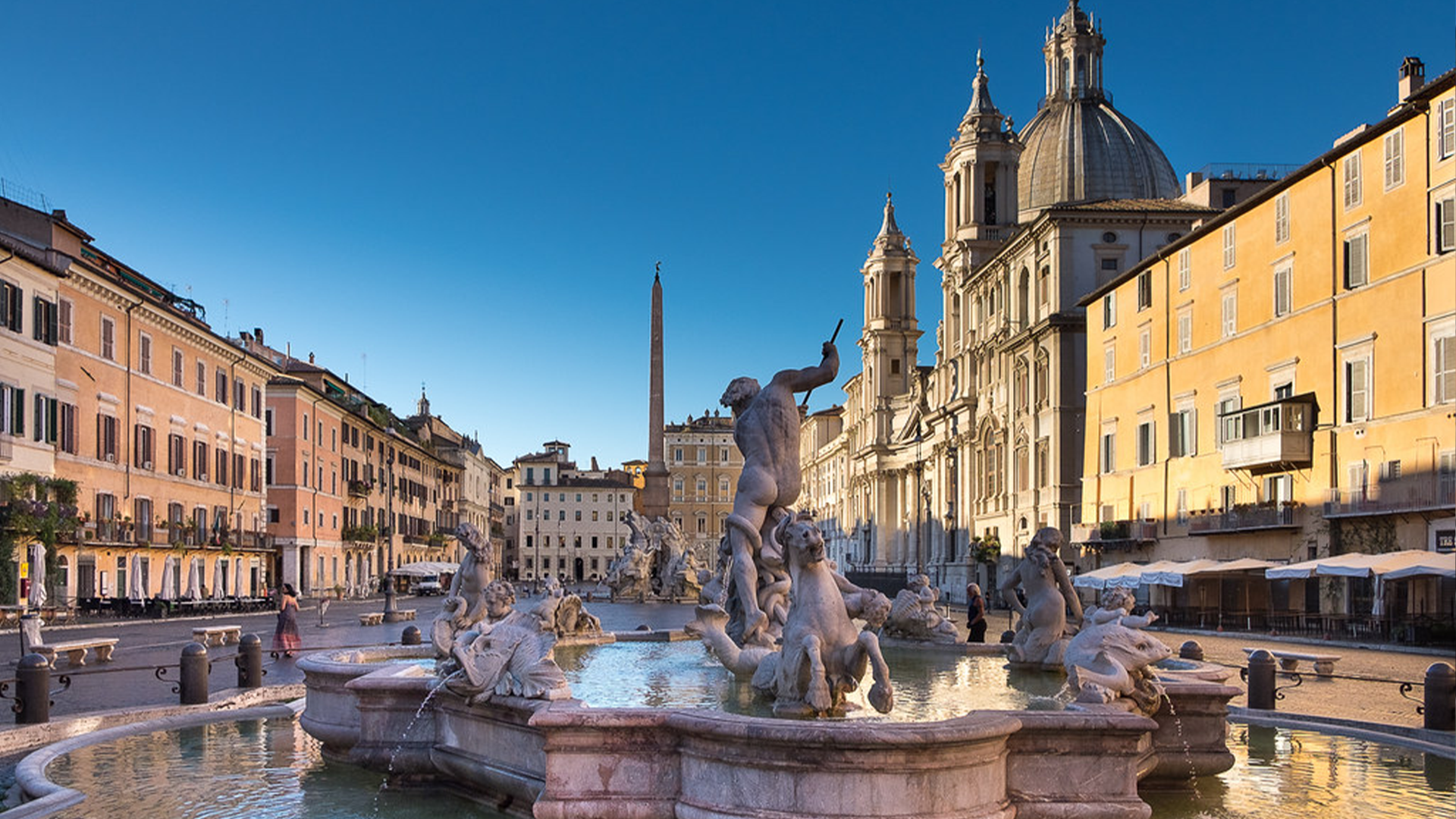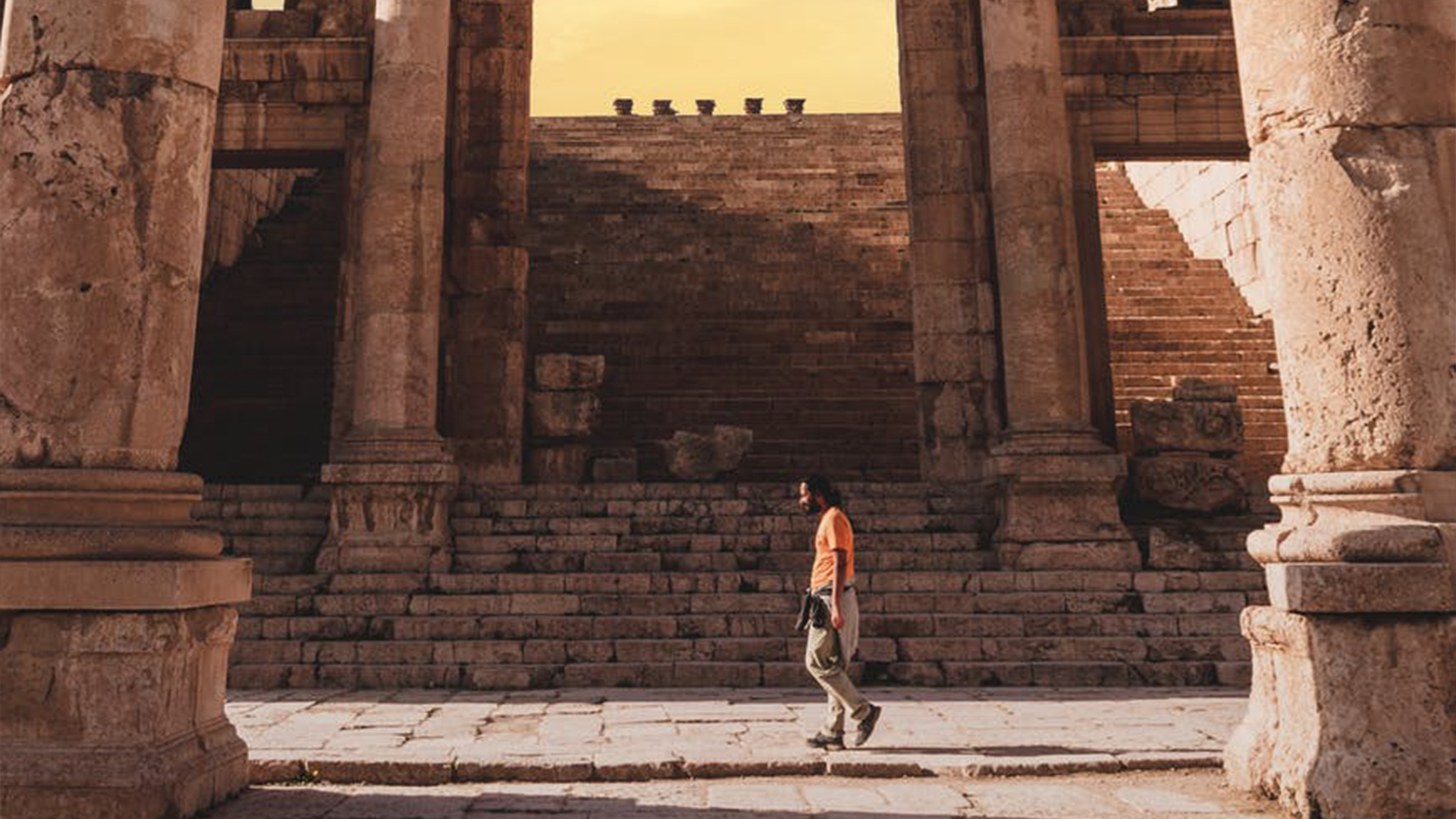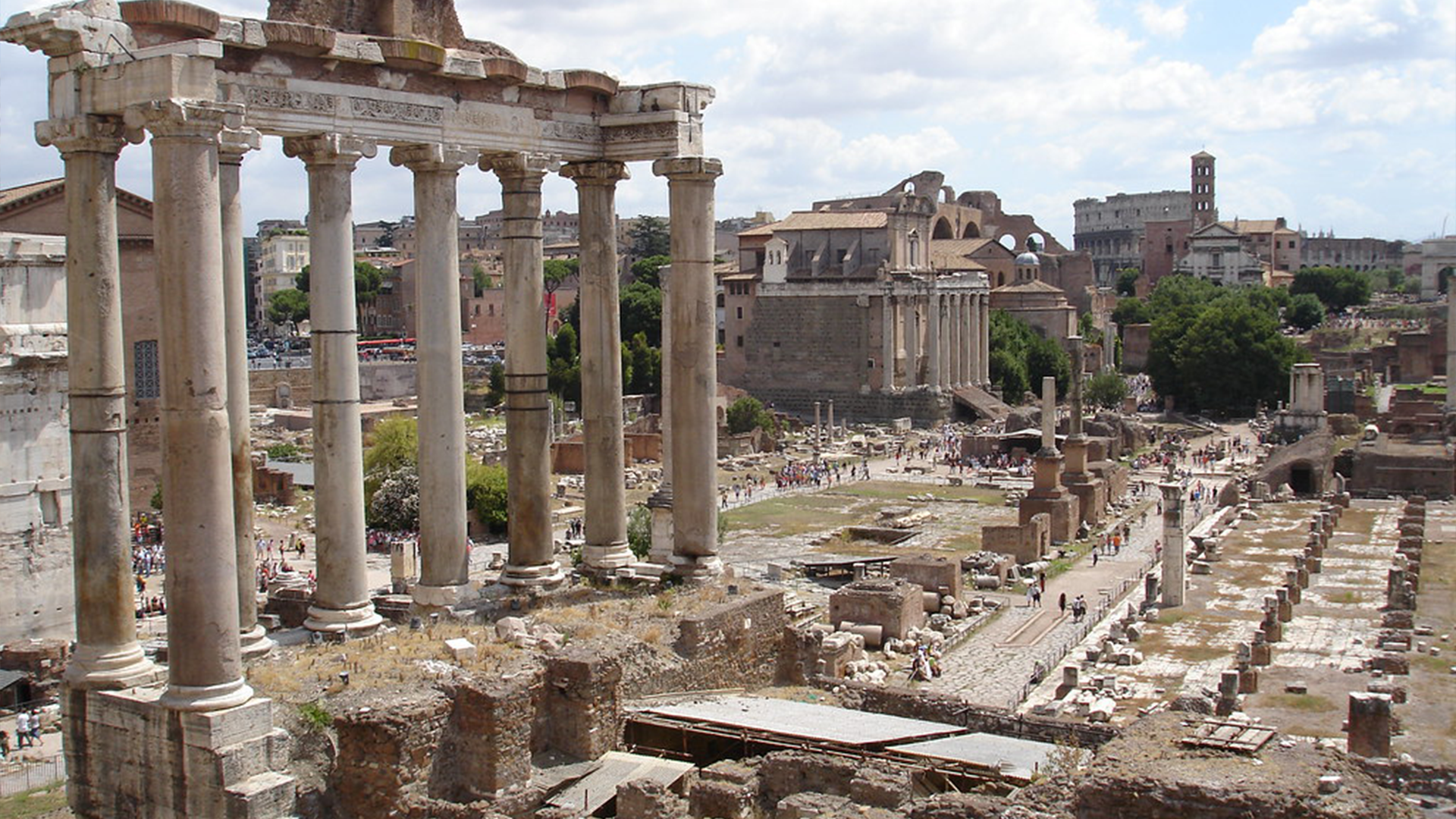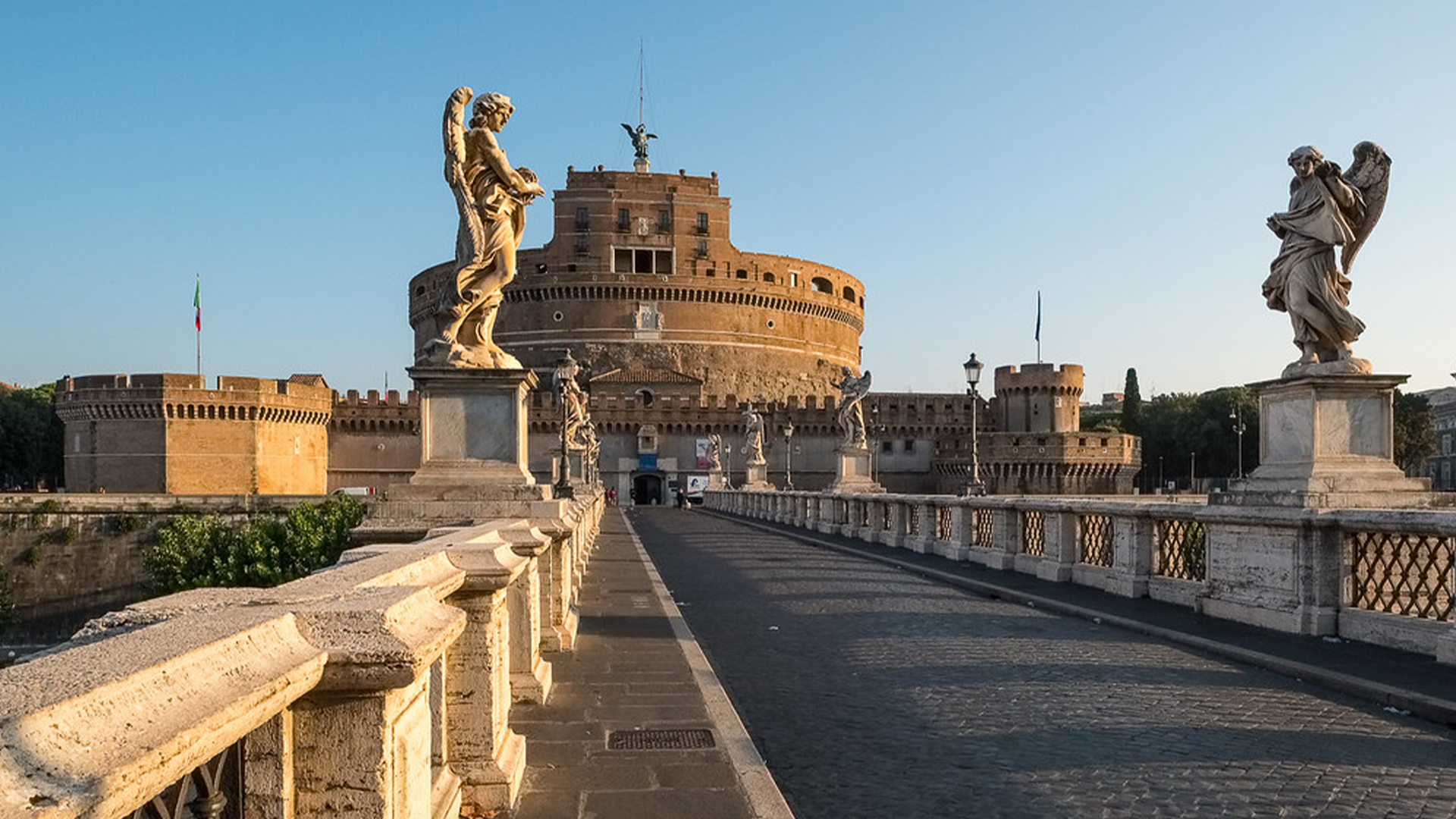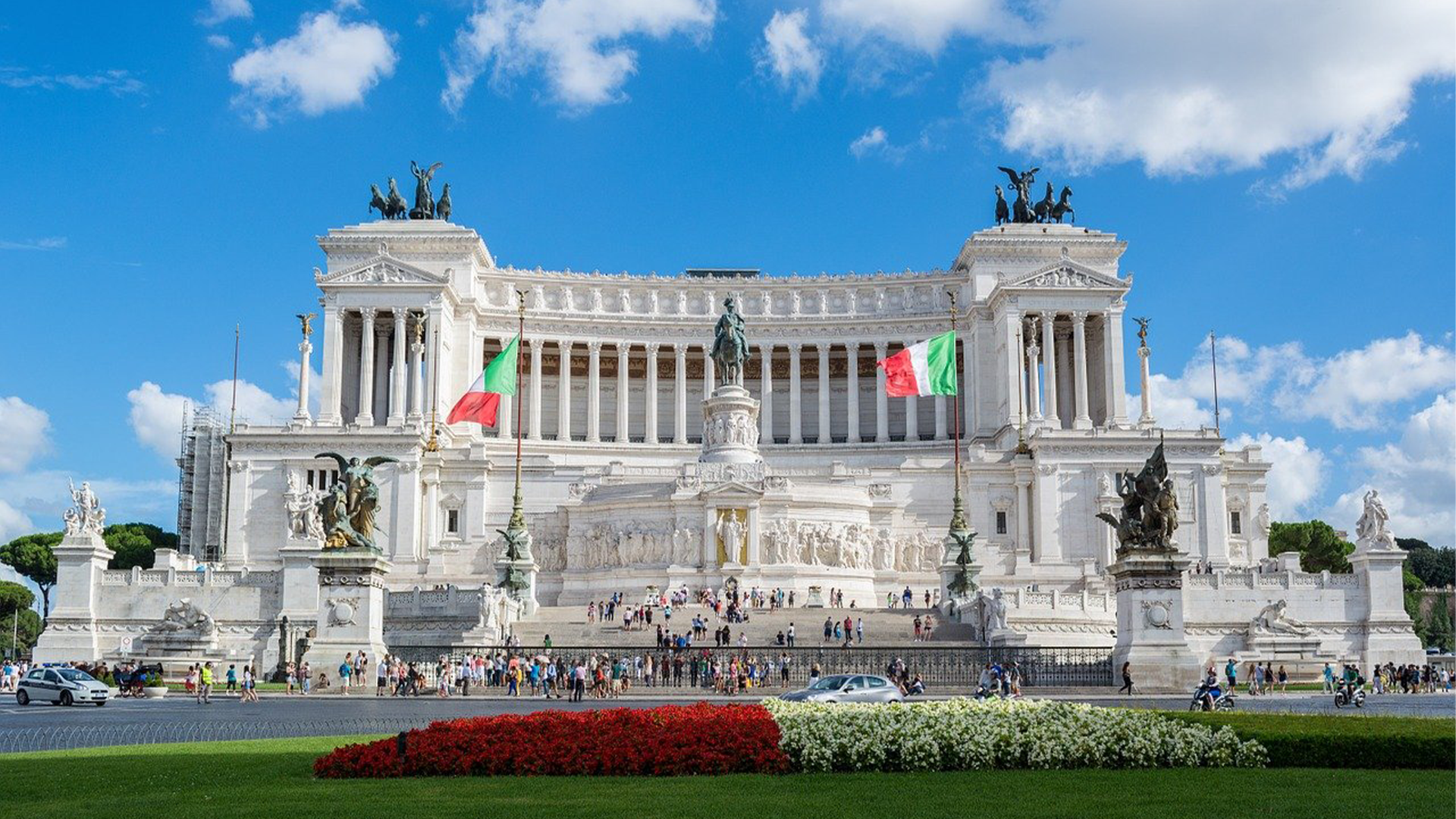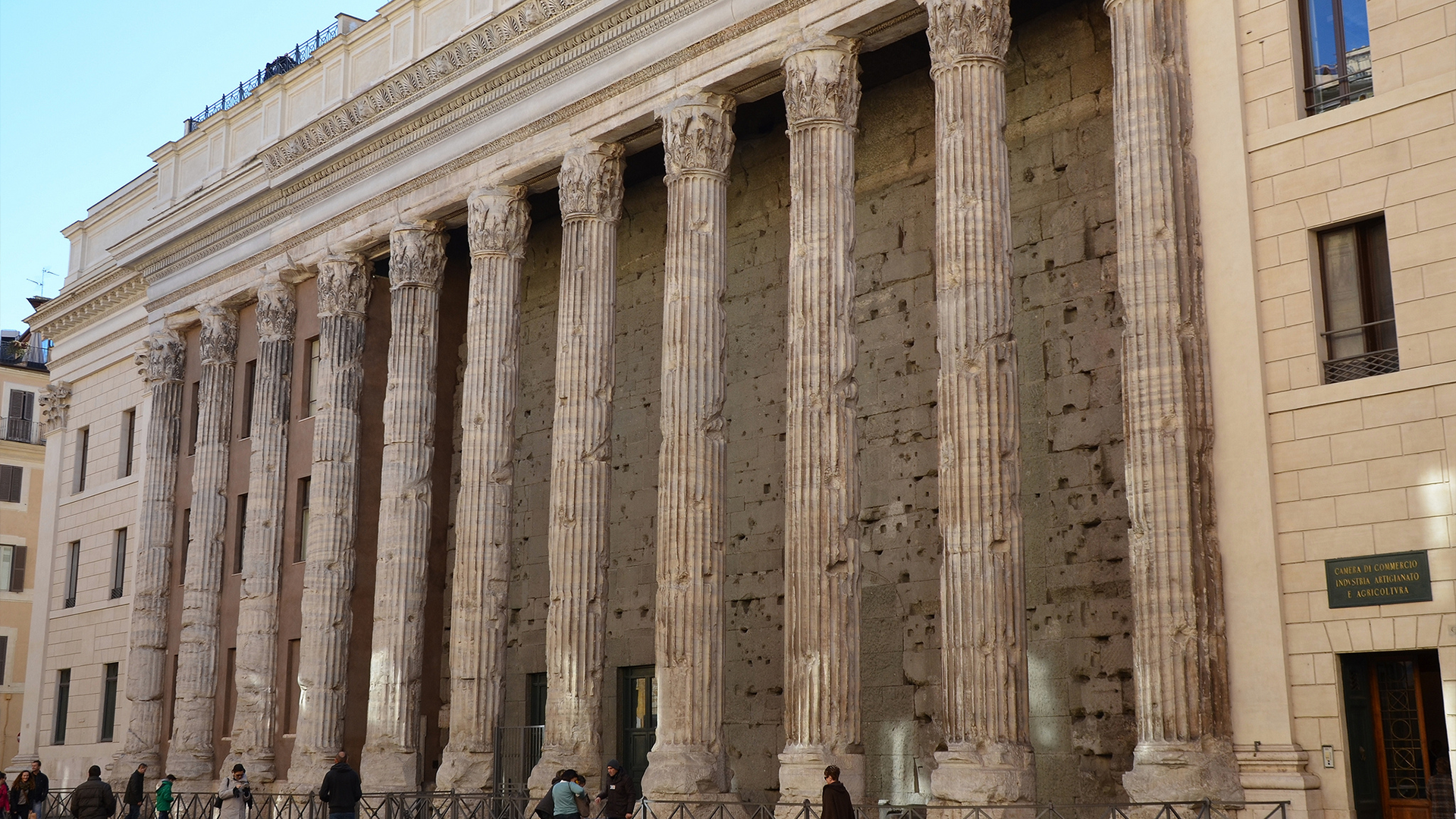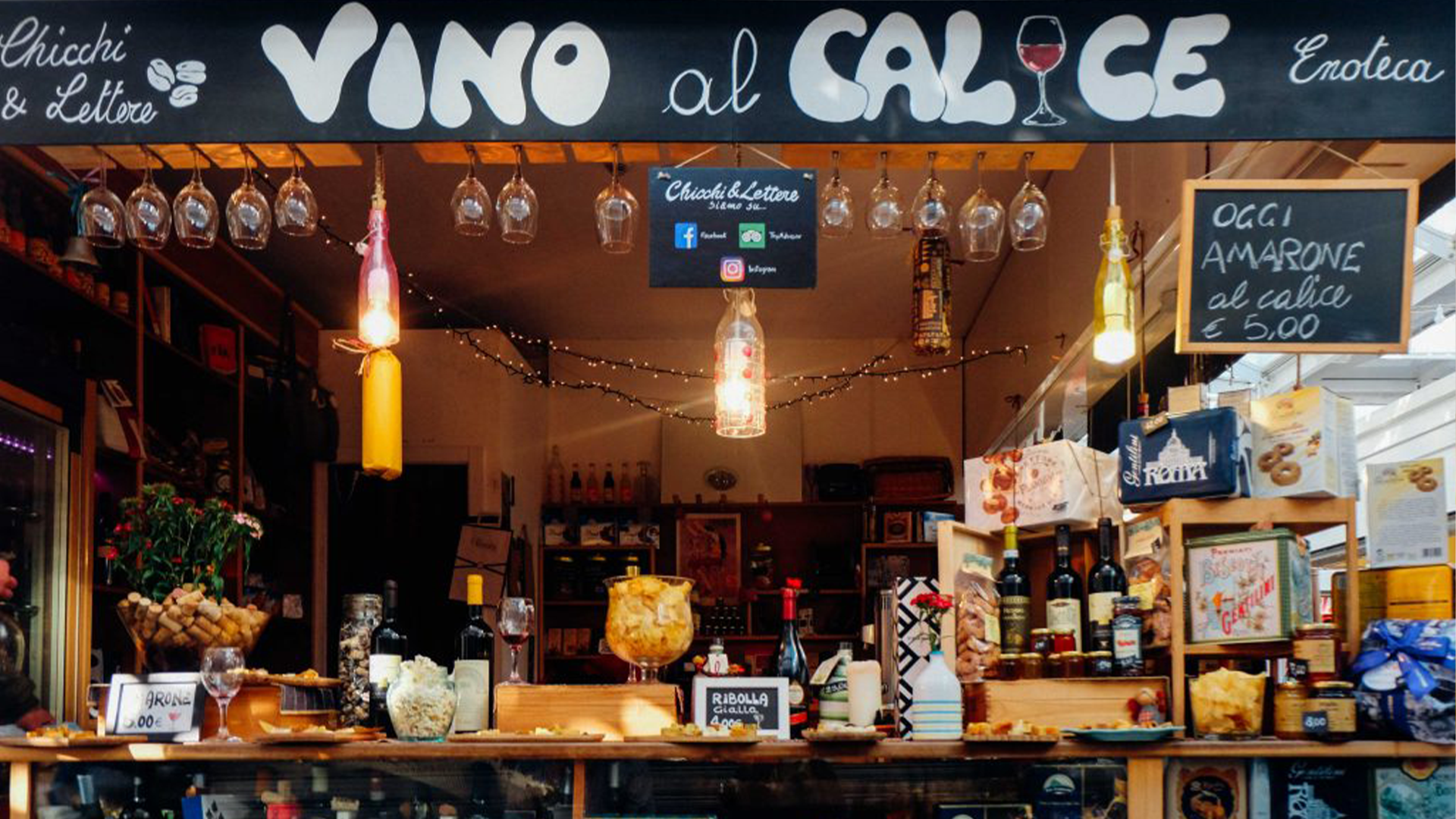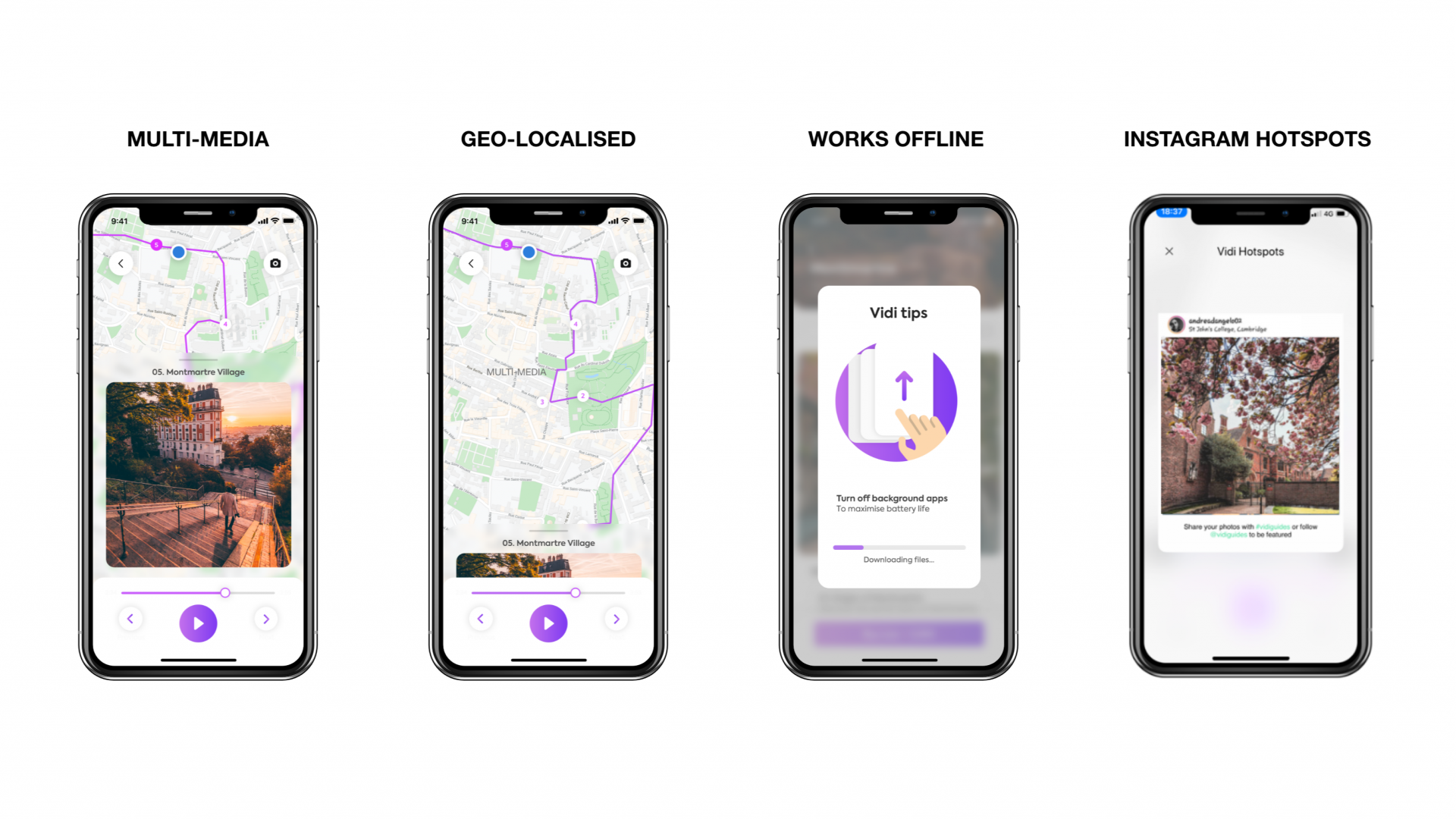The Ultimate Guide to Rome: 5 Self-Guided Walks to Discover the City’s Famous Sites and Hidden Gems
Supplied by: Vidi Guides
Discover Rome with our engaging, historical and high quality podcast tours. Either in-person or from the comfort of your own home - this is a great way to explore various sites and neighbourhoods across Italy’s capital including a trip to the Colosseum, Roman Forums, Palatine Hill, the Pantheon and the beautiful district of Testaccio.
Vidi Guides is the smartest and most engaging way to independently discover Rome. We've teamed up with local historians, artists, journalists and residents to craft a unique audio experience that uncovers the true essence of Rome's top spots. Our interactive digital audio guide can be downloaded anytime directly onto your smartphone!
What's included
- Digital audio guide, to be downloaded onto your smartphone before your visit
- On-screen pictures to enhance your experience
- Geo-localised map to keep you on the right track
- Headphones
Know before you go
Please download 'Vidi Guides' from the App Store of your mobile device and enter the code you receive after booking (from email address: [email protected]).
Please remember to bring a pair of headphones with you
Highlights
- Love podcasts? You'll love these immersive walking tours of Rome!
- Explore Rome at your own pace and discover its hidden gems
- Self-guided tours by expert historian that gives you a truly authentic experience
- The smartest way to visit Rome independently and in a Covid-safe manner
Overview
Dig into the heart of Rome with our five tours of Italy’s Capital. Learn about the history of Empire with our Sons of Empire tour that takes you from the Mausoleum of Augustus, through the Pantheon to Castel Sant’ Angelo. Get a taste of Rome with a trip to Testaccio as we visit cafes, markets and restaurants to discover the hidden story behind Italian food. Listen to our trilogy of Ancient Roman sites in the heart of the city, beginning with the Colosseum, then the Roman Forums and finally, Palatine Hill. Our Rome Pack is truly the best way to discover Rome and see it like you never have before.
Begin the Sons of Empire tour at the Mausoleum of Augustus, home to the very first Emperor of Rome, Augustus! Learn about Rome’s transition from Republic to Empire with the death of Julius Caesar and the reign of Emperor Augustus. Then wander down Via del Corso, originally built in the 3rd century as part of the Via Flaminia, an ancient road linking Rome to the North and the Adriatic sea, Via del Corso is one of the city’s most famous streets.
Visit the Pantheon, one of the most impressive structures still standing in the city which is a temple to every single Roman God! Originally built by Marcus Agrippa, a lieutenant of Augustus, in 27BC, it burnt down and was redesigned and reopened around 125AD, during the reign of Hadrian. Head inside this amazing structure, one of the most important relics of Imperial Rome standing today.
Visit the last surviving remnants of one of the great bath complexes in Rome. The ones in this location were the second largest in Rome and were originally built sometime around 60 AD, during the reign of the infamous Emperor Nero. See the merging of old and new in person.
Cross Ponte Sant’ Angelo and arrive at the Castel Sant’Angelo. Then take a look to your left to see the breath-taking St Peter’s Basilica.
Head into Testaccio with our Taste of Rome tour. Pop into Caffe Guilietti for one of Rome’s best espressos. Coffee and the coffee bar are a huge part of Italy’s history and culture and, whilst they certainly did not invent coffee, they have been importing it since the 16th century. Learn about Luigi Bezzara’s invention, a machine that used pressurised steam and forced hot water through coffee grounds in seconds, creating a quick, small, hot drink that made coffee break shorter.
Visit what once the largest butchery of its time in Europe, somewhere that remained the abattoir of Rome until 1975. Learn what defined Old Testaccio and how this part of Rome became a place for the people, then wander into the Mercato di Testaccio, the number one place to pick up the very freshest artichokes or source the best salty Pecorino Romano.
Learn about Quinto Quarto, a cuisine known throughout the city and famous at Mordi e Vai. This stall is owned by the retired butcher Sergio Espesito, who takes one freshly baked crispy panino, chooses which offal dish to fill it with and, as the name says, go!
Weave into Piazza Testaccio, the old location of the market and home to a wonderful water fountain. This is also home to L’oasi della Birra or ‘the oasis of beer’. There are over 500 types of beer there and it’s an equally great location to grab cured meats like prosciutto or that lovely guanciale pig cheek that makes carbonara what it is! You can get cheese, chocolate or even wine!
Listen to our trilogy of Ancient Roman sites: the Colosseum, Roman Forums and Palatine Hill. Wander around the 2000 year old Colosseum and imagine where gladiators once fought, crowds cheered and Emperors decided the fate of fighters. From its ancient origins to its legacy through the Roman Empire, Middle Ages and its place in Italy today. Completed in 80 AD, this was the largest amphitheatre of its kind at the time!
Get an amazing view of the Colosseum’s structure and hear about ancient art and graffiti. The Colosseum was covered in marble depicting hunting scenes, vegetation carvings and wild animals. At the top of the Colosseum, great pillars stood tall and one of them was even found to depict the head of the Gorgon Medusa.
Enjoy a day at the games and hear what an event at the Colosseum would have been like. Learn how Gladiators would have been armed according to their categories which included Murmillo, Thraxes, Retiarius and. The emperor Commodus maybe even fought in the arena, styling himself after the Greek hero Hercules.
Visit the Roman Forums, once the political, cultural and religious heart of one of the greatest Empires in human history. Learn about the lifespan of the Roman Empire, from its origins in the 8th century B.C., to its rise as a republic, it’s transformation during the reign of Julius Caesar and Augustus, it’s expansion across Europe as an Empire, and finally to the spread of Christianity and the Empire’s eventual fall.
Begin the tour next to the Arch of Titus, an ancient relic covered in art that are thousands of years old. Learn about the origins of Rome with the story of Romulus and Remus, two brothers who had been suckled and raised by a she wolf, decided to build a city on the glorious hills by the river Tiber. Visit the Basilica of Maxentius and Constantine. While Basilicas may have had religious elements to them, they weren’t temples and were actually mostly political and economic spaces.
Visit the Temple of Vesta, composed of Greek elements of architecture, like the Corinthian columns and marble. Vesta was a patron goddess of health and a building in this spot would have been in the Forum from the early days of the republic. If her flame went out, it was believed that Vesta had revoked her protection and the city would become vulnerable.
Start our final tour with a fantastic view of Palatine Hill. With the dawning of the Imperial age, the emperors came and started to build lavish Palaces on this plateau. Head into Farnesie Gardens, created by Cardinal Allesandro Farnese in 1550 and was one of the first private botanical gardens in the world. Touch on Renaissance culture and how it was connected to ancient Roman history.
Discover the Temple of Cybele, a mother goddess who sat alongside the maternal deities of Rhea and Demeter. Learn about how Ancient Mediterianian religion was complex. Key deities were replicated with regional differences, often when Greeks find other gods they equate them with their own and thus they end up merging.
Founded in the 1800s, destroyed and rebuilt, the Palatine Museum now houses collections directly related to Palatine Hill. The museum traces objects from the earliest occupations of the Palatine, which go back thousands of years to the 7th and 9th BCs. We would absolutely recommend exploring room 5 to check out the Apollo Citadero, a stunning fresco. Then head to the Stadium of Domitian, an area that could have been used for horse riding, private foot races and wrestling.
Finish the tour at the Circus Maximus, a hippodrome that would have primarily been for chariot races. This structure dates back to the 1st Century AD. Its estimated 150,000 fans could have attended, making it the largest stadium of ancient Rome, at a whopping 621 by 118 meters. It would have been incredible to visit back in Ancient Rome!
The Vidi Guides experience is enriched with on-screen photos and videos. We also point out where to take the perfect Instagram photos during the tour, and include recommendations for food, drinks, and local attractions. Don't worry, none of our recommendations are sponsored - they are simply favourites of the locals who helped craft the experience.
Vidi Guides creates immersive audio experiences that are like podcasts. This is a self-guided audio tour that can be started or stopped at your own convenience. Download the Vidi Guides app & your tour to explore the area independently and safely! Make sure to download your tour before your visit to streamline your trip!
Cancellation policy
Non Refundable





